Home>Garden Essentials>When To Sow Kale Seeds
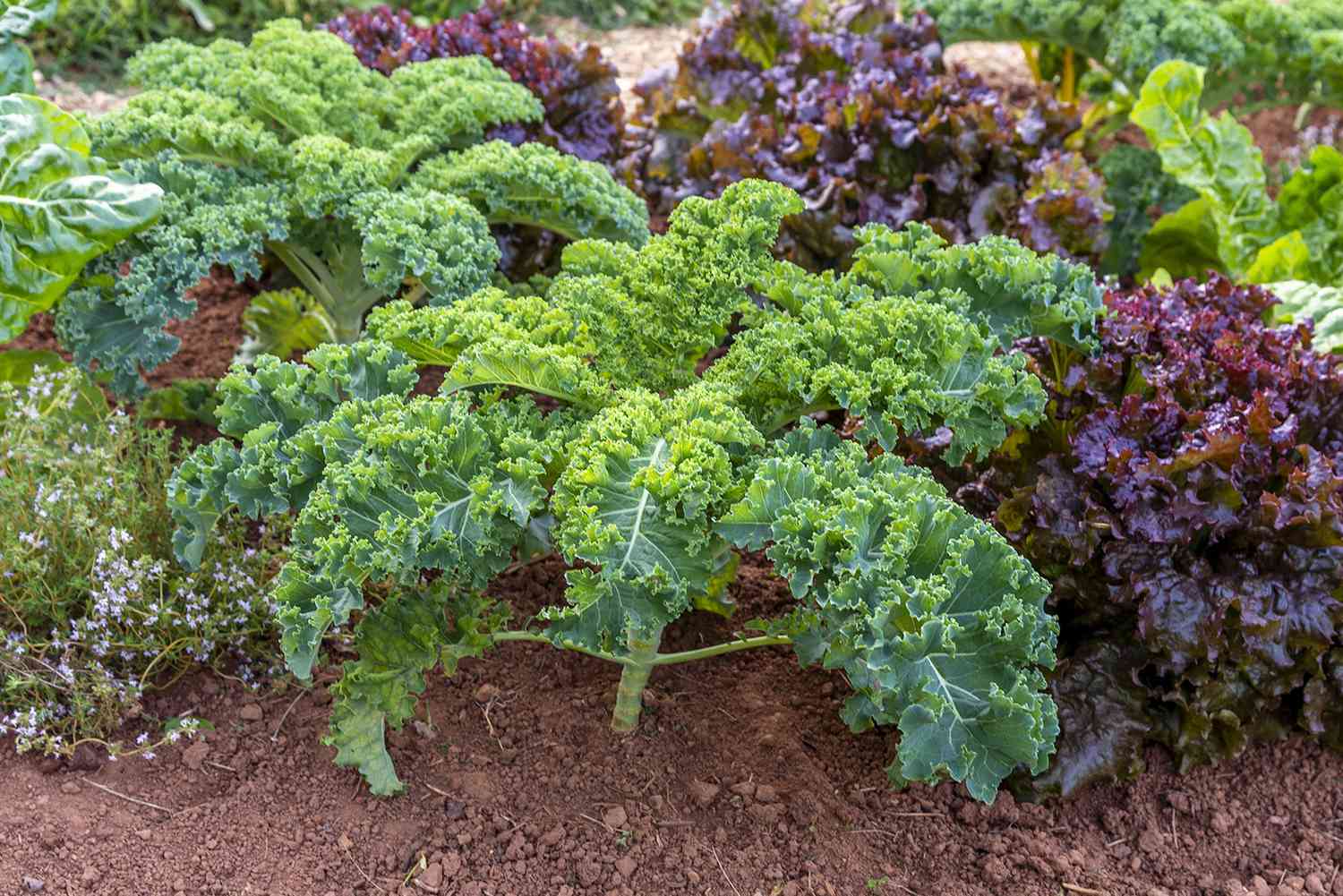

Garden Essentials
When To Sow Kale Seeds
Modified: March 16, 2024
Looking to start a garden? Discover the optimal time for sowing kale seeds and ensure a bountiful harvest.
(Many of the links in this article redirect to a specific reviewed product. Your purchase of these products through affiliate links helps to generate commission for Storables.com, at no extra cost. Learn more)
Introduction
Are you a gardening enthusiast looking to add some nutritious and delicious greens to your garden? Look no further than kale. This leafy green vegetable is not only packed with vitamins, minerals, and antioxidants, but it’s also incredibly versatile in the kitchen. Whether you enjoy it in salads, smoothies, or stir-fries, growing your own kale allows you to have a fresh supply of this superfood right at your fingertips.
In this article, we will explore the best time to sow kale seeds to ensure a successful and bountiful harvest. We will delve into the benefits of growing kale, understand kale germination, discuss the optimal time for sowing kale seeds, and provide practical tips on how to care for your kale seedlings.
So let’s dive in and discover the wonders of growing kale!
Key Takeaways:
- Sow kale seeds in early spring or late summer/fall, depending on your climate, for a bountiful harvest. Consider factors like soil quality, sunlight, and spacing to create an optimal environment for thriving kale plants.
- Caring for kale seedlings involves proper watering, thinning, fertilizing, and protecting them from pests and diseases. Harvest leaves when they reach a suitable size for a continuous harvest.
Read more: When Does Kale Germinate
Benefits of Growing Kale
Growing kale in your garden offers numerous benefits, making it an excellent addition to your homegrown produce. Here are some compelling reasons to include kale in your gardening plans:
- Nutritional Powerhouse: Kale is renowned for its exceptional nutritional profile. It is rich in vitamins A, C, and K, as well as minerals like potassium, calcium, and iron. It is also a great source of fiber and contains powerful antioxidants that help protect the body against oxidative stress.
- Superior Taste and Versatility: Kale has a unique and slightly bitter flavor that adds depth to salads and other dishes. It can be enjoyed raw in salads, sautéed, steamed, or even baked into crispy kale chips. Its versatility makes it a favorite among home cooks and chefs alike.
- Year-Round Harvest: Kale is a hardy vegetable that can withstand cold temperatures, making it suitable for year-round cultivation in many regions. With proper planning and care, you can enjoy a steady supply of fresh kale from early spring until late fall.
- Low Maintenance: Kale plants are relatively low maintenance, making them ideal for beginners or busy gardeners. They are resistant to many common pests and diseases and require minimal watering once established.
- Aesthetic Appeal: Kale’s vibrant green leaves add a splash of color to your garden and can be a visually appealing addition to flower beds or vegetable patches. Its curly or ornamental varieties can enhance the beauty of your landscape.
- Environmental Friendly: Kale is a sustainable crop that requires fewer resources compared to other vegetables. By growing your own kale, you reduce your carbon footprint and contribute to a healthier and more sustainable food system.
With these incredible benefits, it’s clear why growing kale is a smart choice for any home gardener. Not only will you be rewarded with a constant supply of nutrient-rich greens, but you’ll also be able to enjoy the satisfaction of growing your own food.
Understanding Kale Germination
Before diving into when to sow kale seeds, it’s essential to understand the process of kale germination. Germination is the process where the seed transforms into a seedling and begins to grow. By understanding the germination process, you can ensure optimal conditions for successful seedling development.
Kale seeds have specific requirements for germination, including moisture, temperature, and proper planting depth. Here’s a breakdown of the key factors to consider:
- Moisture: Adequate moisture is crucial for kale seeds to germinate. Ensure that the soil is consistently moist but not waterlogged. Keep the soil evenly damp throughout the germination period to support seedling growth.
- Temperature: Kale seeds prefer cooler temperatures for germination, ideally between 60 to 75 degrees Fahrenheit (15 to 24 degrees Celsius). Lower temperatures can slow down germination, while higher temperatures can hinder seedling development.
- Planting Depth: Kale seeds should be planted at a depth of about 1/4 to 1/2 inch (0.6 to 1.3 cm) in the soil. Planting too shallow or too deep can affect the seed’s ability to sprout and emerge from the soil.
- Light: Unlike some other seeds, kale seeds do not require light to germinate. In fact, they typically germinate better when planted in darkness. However, once the seedlings emerge from the soil, they will require adequate light for healthy growth.
- Germination Time: Kale seeds usually germinate within 7 to 14 days, depending on the variety and growing conditions. Be patient and consistent with your care during this phase, ensuring the right moisture, temperature, and planting depth.
By understanding and providing the ideal conditions for kale germination, you can optimize the success rate of seed sprouting and ensure the healthy development of your kale seedlings.
Optimal Time to Sow Kale Seeds
The optimal time to sow kale seeds will depend on your specific climate and growing zone. Generally, kale is a cool-season vegetable that thrives in cooler temperatures. It is best to sow kale seeds in either early spring or late summer/fall, depending on your location.
In regions with mild winters and cool summers, such as USDA hardiness zones 3-8, early spring is an ideal time to sow kale seeds. As soon as the soil can be worked and the danger of frost has passed, you can start sowing your kale seeds. This will give the plants enough time to grow and establish before the summer heat sets in.
If you live in an area with hot summers or mild winters, consider sowing kale seeds in late summer or early fall. When sown in late summer, the kale plants will benefit from the cooler temperatures and shorter daylight hours of fall. This approach allows you to harvest kale well into winter, as kale is a cold-hardy vegetable that can withstand light frosts.
It’s important to note that kale can tolerate light frosts and even taste sweeter after exposure to cool temperatures. However, severe frosts or freezing temperatures can damage or kill the plants. If you live in a region with harsh winters, consider providing protection to your kale plants with row covers, cloches, or cold frames to extend the harvest season.
Keep in mind that the optimal time for sowing kale seeds may vary depending on the specific variety you are growing. Some kale varieties, like Red Russian or Siberian kale, are more cold-hardy and can be sown earlier in the season. Check the seed packet or consult with local gardening experts to determine the best time for sowing specific kale varieties in your area.
By sowing kale seeds at the optimal time for your climate and growing zone, you increase the chances of successful germination and healthy plant development. This ensures a bountiful harvest of delicious and nutritious kale leaves for you to enjoy!
Sow kale seeds in early spring or late summer for best results. Plant in well-drained soil and keep the seeds moist until they germinate.
Factors to Consider Before Sowing Kale Seeds
Before sowing kale seeds, it’s crucial to take certain factors into consideration to ensure optimal growing conditions and a successful harvest. By addressing these factors, you can set your kale plants up for healthy growth and minimize potential challenges or setbacks. Here are some important factors to consider:
- Soil Quality: Kale thrives in well-draining, fertile soil. Before sowing the seeds, prepare the soil by removing any weeds, rocks, or debris. Incorporate organic matter, such as compost or well-rotted manure, to improve soil fertility and structure. Conduct a soil test to determine the pH level and make adjustments if needed. Kale prefers slightly acidic soil with a pH range of 6.0 to 7.5.
- Sunlight: Kale is a sun-loving plant and requires at least 6 hours of direct sunlight each day for optimal growth. Choose a planting location that receives ample sunlight. If you live in a hot climate, consider providing some afternoon shade to protect the plants from extreme heat.
- Spacing: Proper spacing between kale plants is crucial for good air circulation, which helps prevent diseases and ensures healthy growth. Space the plants approximately 12 to 18 inches (30 to 45 cm) apart to allow room for their leaves to spread as they mature. Rows should be spaced at least 18 to 24 inches (45 to 60 cm) apart.
- Watering: Kale requires regular, consistent watering to thrive. Ensure that the soil remains evenly moist but not waterlogged. Avoid overhead watering, as wet foliage can increase the risk of disease. Consider using drip irrigation or soaker hoses for deep, targeted watering.
- Temperature and Climate: Consider your local climate and the temperature requirements of the specific kale variety you are planning to grow. Some kale varieties are more cold-tolerant, while others may struggle in extreme heat. Choose varieties that are well-suited to your climate to maximize success.
- Pest and Disease Management: Know the common pests and diseases that affect kale, such as aphids, cabbage worms, and powdery mildew. Take appropriate preventive measures, such as applying organic pest control methods or using row covers to protect against insect infestations. Monitor your plants regularly and address any issues promptly.
- Succession Planting: To ensure a continuous supply of fresh kale throughout the growing season, consider practicing succession planting. Sow seeds at regular intervals to stagger the harvest and extend the availability of tender leaves.
By considering these factors before sowing kale seeds, you can create an optimal environment for your kale plants to thrive. This sets the stage for healthy growth, abundant harvests, and a rewarding gardening experience.
Read more: When To Sow Lupine Seeds
How to Sow Kale Seeds
Sowing kale seeds is a straightforward process that can be done directly in the garden or started indoors for later transplanting. Here are the steps to successfully sow kale seeds:
- Choose the Right Variety: Select the kale variety that best suits your preferences and growing conditions. Common varieties include curly kale, dinosaur kale (also known as Lacinato or Tuscan kale), and Red Russian kale.
- Prepare the Soil: Clear the planting area of weeds, rocks, and debris. Loosen the soil using a garden fork or tiller to a depth of about 6-8 inches (15-20 cm). Amend the soil with organic matter such as compost to enhance its fertility and drainage.
- Planting Depth: Sow the kale seeds at a depth of around ¼ to ½ inch (0.6 to 1.3 cm) deep. Space the seeds about 1 inch (2.5 cm) apart in rows that are 18 to 24 inches (45 to 60 cm) apart. Alternatively, you can sprinkle the seeds if you prefer a more casual, scattered planting approach.
- Water the Seeds: After planting, gently water the soil to ensure that it is evenly moist. Be careful not to apply too much water that may dislodge or bury the seeds. Keep the soil consistently moist throughout the germination and seedling stage.
- Provide Adequate Sunlight: Place the seeded area in a spot that receives full sun or partial shade, depending on your region’s climate. Kale plants require at least 6 hours of direct sunlight each day for optimal growth.
- Thin out Seedlings (if necessary): Once the seedlings emerge and develop their first set of true leaves, thin them out if they are overcrowded. Space the seedlings 12 to 18 inches (30 to 45 cm) apart to provide enough room for the plants to grow and thrive.
- Mulch and Maintain: Apply a layer of mulch around the kale plants to conserve moisture, suppress weed growth, and regulate soil temperature. Water the plants regularly, especially during dry periods, and monitor them for pests or diseases.
- Transplanting (if starting indoors): If you choose to start your kale seeds indoors, sow them in seed trays or pots filled with quality seed-starting mix about 4-6 weeks before the last expected frost date. Transplant the seedlings outdoors once they have developed a few sets of true leaves and all risk of frost has passed.
By following these steps, you’ll be well on your way to successfully sowing kale seeds and growing thriving plants in your garden. Remember to provide consistent care, including watering, sunlight, and protection against pests, to ensure a robust and productive kale harvest.
Caring for Kale Seedlings
Caring for kale seedlings is crucial to ensure their healthy development and maximize their potential for a bountiful harvest. By providing the right conditions and proper care, you can help your kale seedlings thrive. Here are some essential tips for caring for kale seedlings:
- Watering: Seedlings have delicate root systems, so it’s important to water them gently and consistently. Keep the soil evenly moist, but avoid overwatering, as excessive moisture can lead to diseases or root rot. Water at the base of the plants, aiming to keep the leaves dry to minimize the risk of fungal infections.
- Thinning: If you have overcrowded seedlings, thin them out to provide adequate spacing. Crowded seedlings compete for nutrients, light, and space, which can lead to weak growth. Remove the weaker or extra seedlings, leaving the strongest and healthiest ones spaced 12 to 18 inches (30 to 45 cm) apart.
- Fertilizing: Young kale seedlings benefit from a balanced fertilizer to support their growth. Apply a slow-release organic fertilizer or a well-diluted liquid fertilizer following the manufacturer’s instructions. Avoid over-fertilization, as it can lead to excessive foliage growth and reduced flavor.
- Protecting from Pests: Monitor your seedlings regularly for common pests such as aphids, cabbage worms, or flea beetles. Use organic pest control methods like handpicking or spraying with a mild soap and water solution to deter pests. Applying floating row covers or using physical barriers can also help protect your seedlings from insect damage.
- Mulching: Apply a layer of organic mulch around the base of your seedlings to suppress weeds, conserve soil moisture, and regulate soil temperature. Mulching also helps prevent soil splashback, which can reduce the risk of soil-borne diseases.
- Supporting: As your kale seedlings grow taller, they may benefit from additional support. Consider staking or using plant supports for varieties with larger or heavier leaves to prevent them from drooping or getting damaged by wind or heavy rain.
- Monitor for Diseases: Keep a close eye on your seedlings for signs of diseases such as powdery mildew or fungal infections. If detected, promptly remove and dispose of infected plants to prevent the spread of the disease. Avoid overhead watering and provide good air circulation to minimize the risk of fungal infections.
- Harvesting: Depending on the variety, you can start harvesting kale leaves when they reach a suitable size, typically around 8-10 inches (20-25 cm) in length. Harvest the outer leaves first, allowing the inner leaves to continue growing. This method allows for a continuous harvest throughout the growing season.
By following these care tips, you can nurture your kale seedlings into healthy, robust plants that will reward you with a plentiful harvest. Remember to provide regular attention, monitor for pest and disease issues, and adjust care based on your specific growing conditions.
Conclusion
Growing kale from seed can be a rewarding and fulfilling experience for any gardener. Not only does kale offer an abundance of nutritional benefits, but it also adds beauty to your garden and provides you with a versatile and delicious leafy green to enjoy in your meals. By understanding the optimal time to sow kale seeds and following proper care techniques, you can ensure successful germination, healthy growth, and a bountiful harvest.
We discussed the benefits of growing kale, such as its outstanding nutritional profile, versatility in the kitchen, and its ability to thrive in a range of climates. Kale’s low maintenance requirements make it an excellent choice for both seasoned gardeners and beginners alike.
Understanding the kale germination process and providing the right conditions, including moisture, temperature, and appropriate planting depth, is crucial for successful seedling development. By considering factors like soil quality, sunlight, spacing, and succession planting, you can create an optimal environment for your kale plants to thrive.
Caring for kale seedlings involves proper watering, thinning, fertilizing, and protecting them from pests and diseases. Mulching, supporting taller varieties, and regularly monitoring your plants will help ensure their healthy growth and productivity. Harvesting kale leaves when they reach a suitable size allows for a continuous harvest throughout the season.
Whether you choose to sow kale seeds in early spring or late summer/fall, growing kale in your garden is a wise decision. Not only will you have a fresh supply of nutrient-packed greens, but you will also discover the joy of cultivating your own food and reaping the rewards of your gardening efforts.
So why wait? Start sowing kale seeds and embark on a journey to grow your own nutritious and flavorful kale plants. Happy gardening!
Frequently Asked Questions about When To Sow Kale Seeds
Was this page helpful?
At Storables.com, we guarantee accurate and reliable information. Our content, validated by Expert Board Contributors, is crafted following stringent Editorial Policies. We're committed to providing you with well-researched, expert-backed insights for all your informational needs.
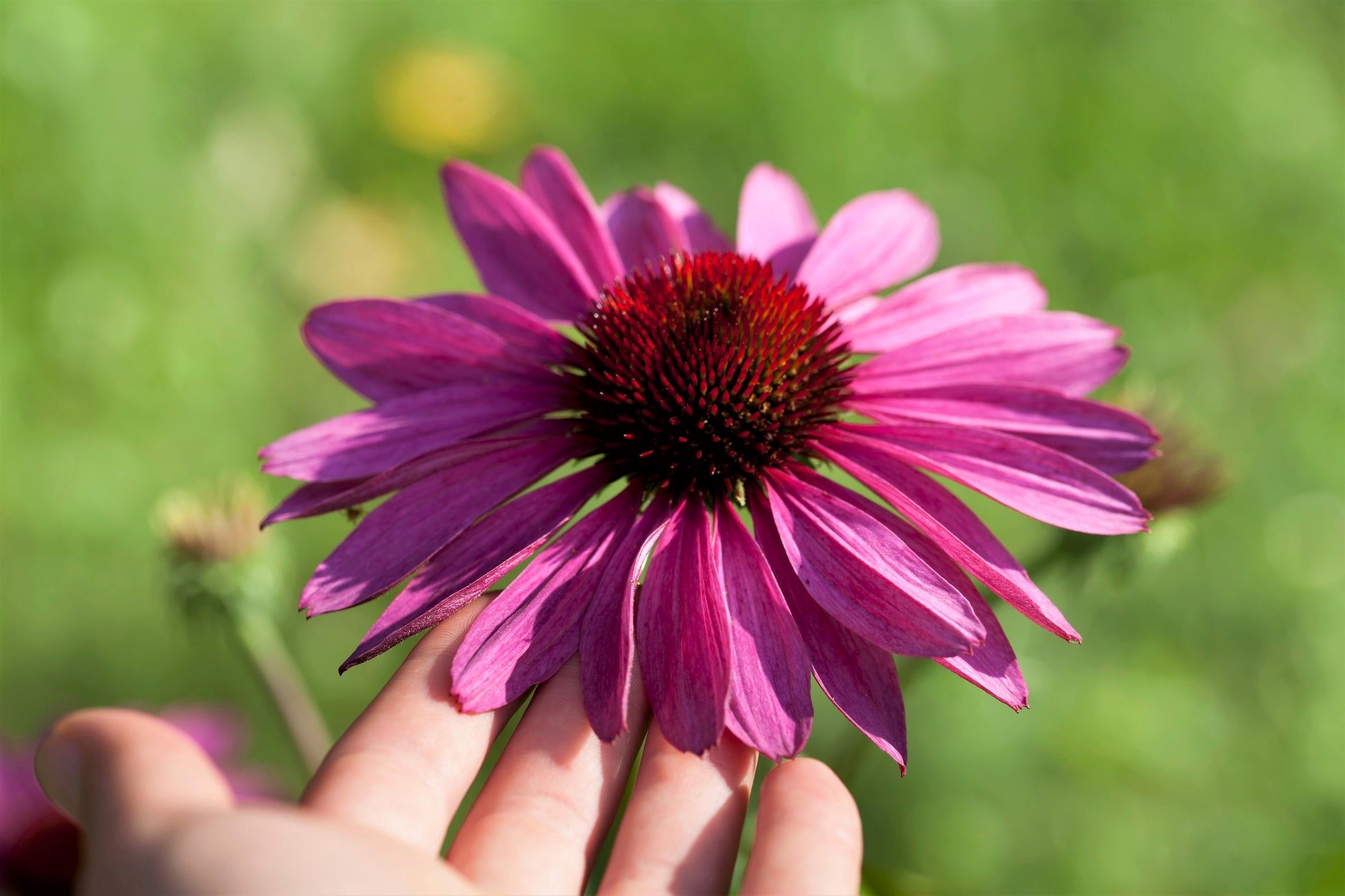
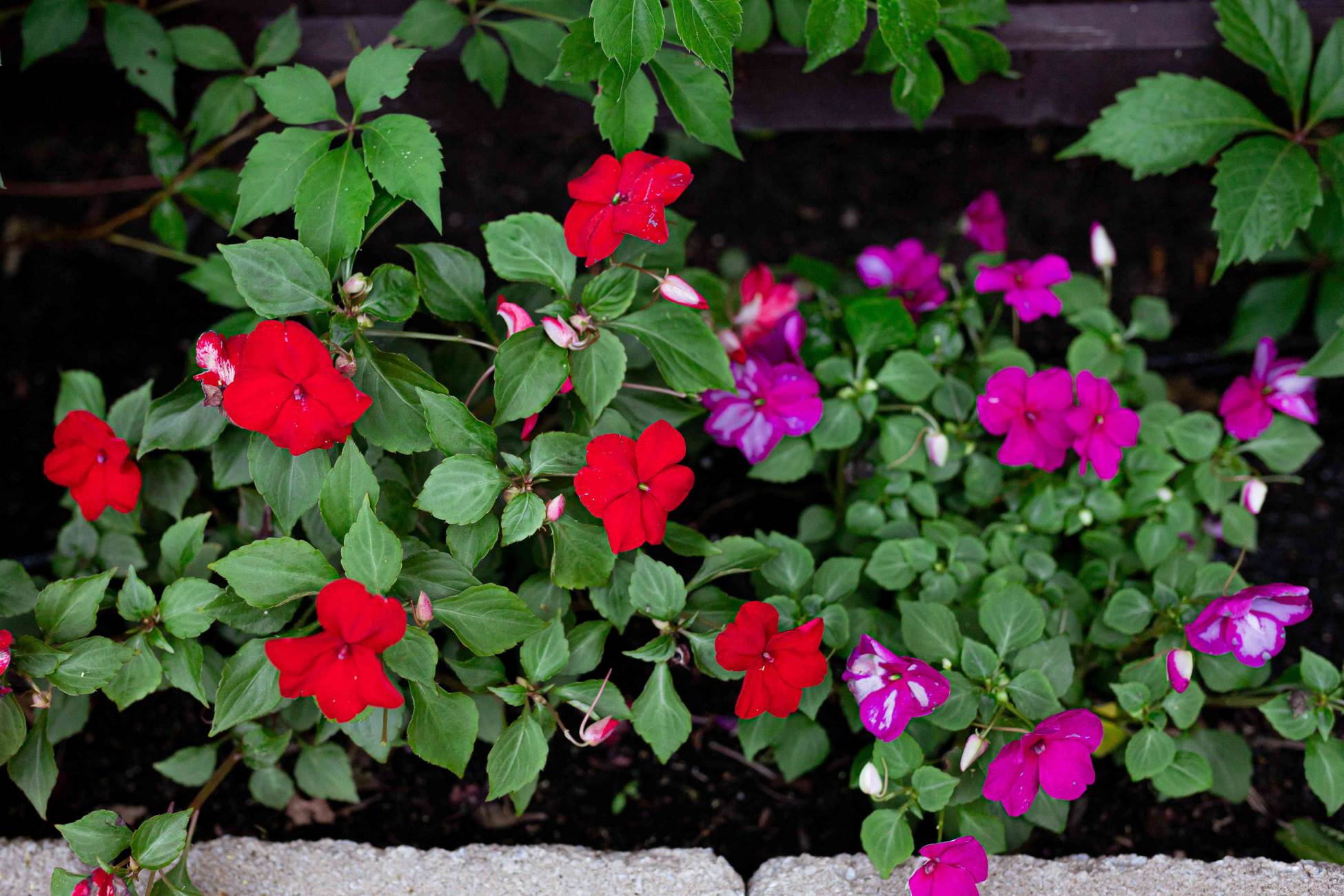
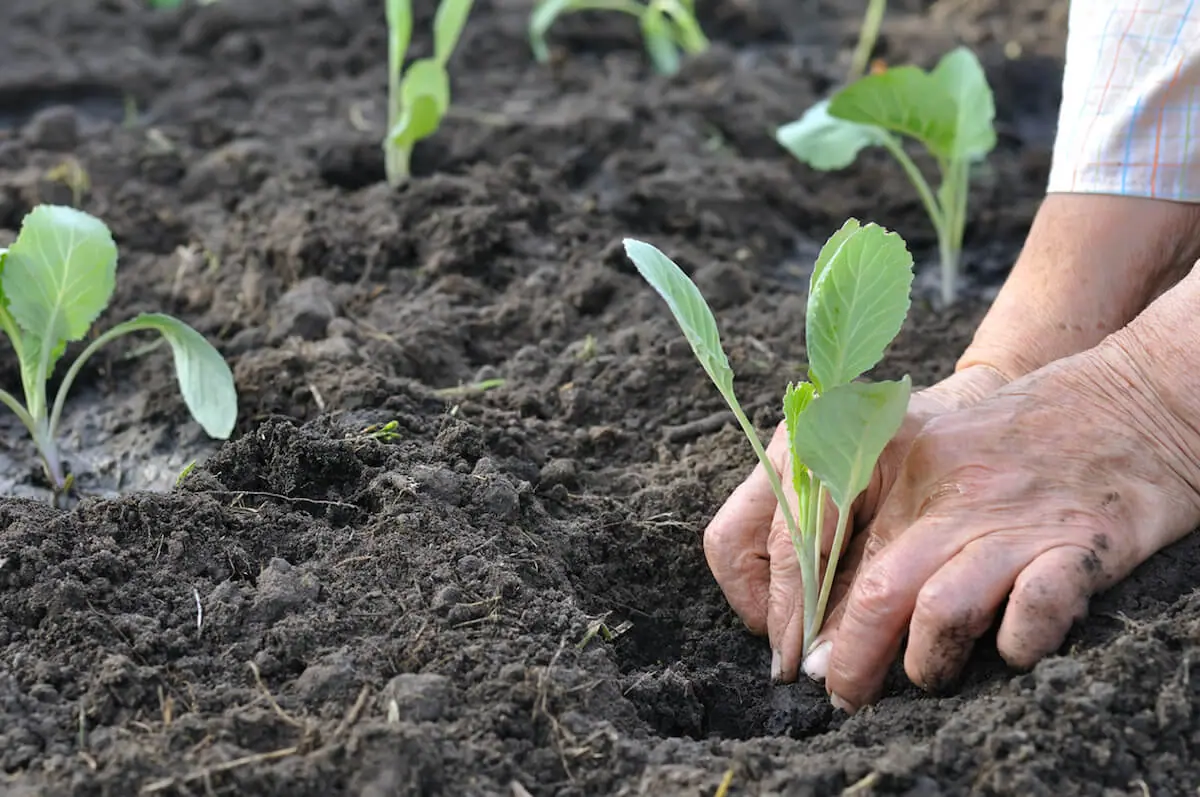
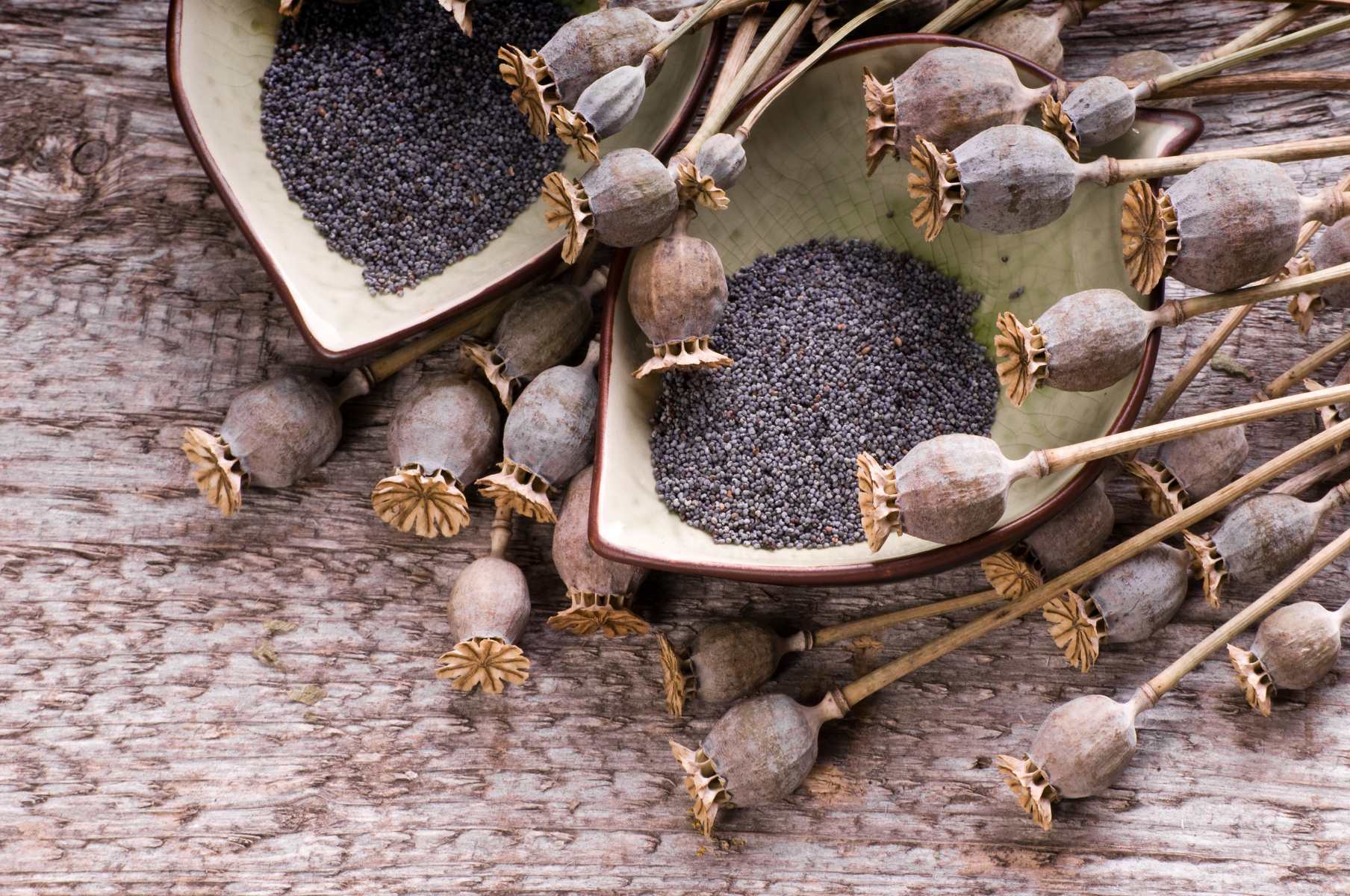
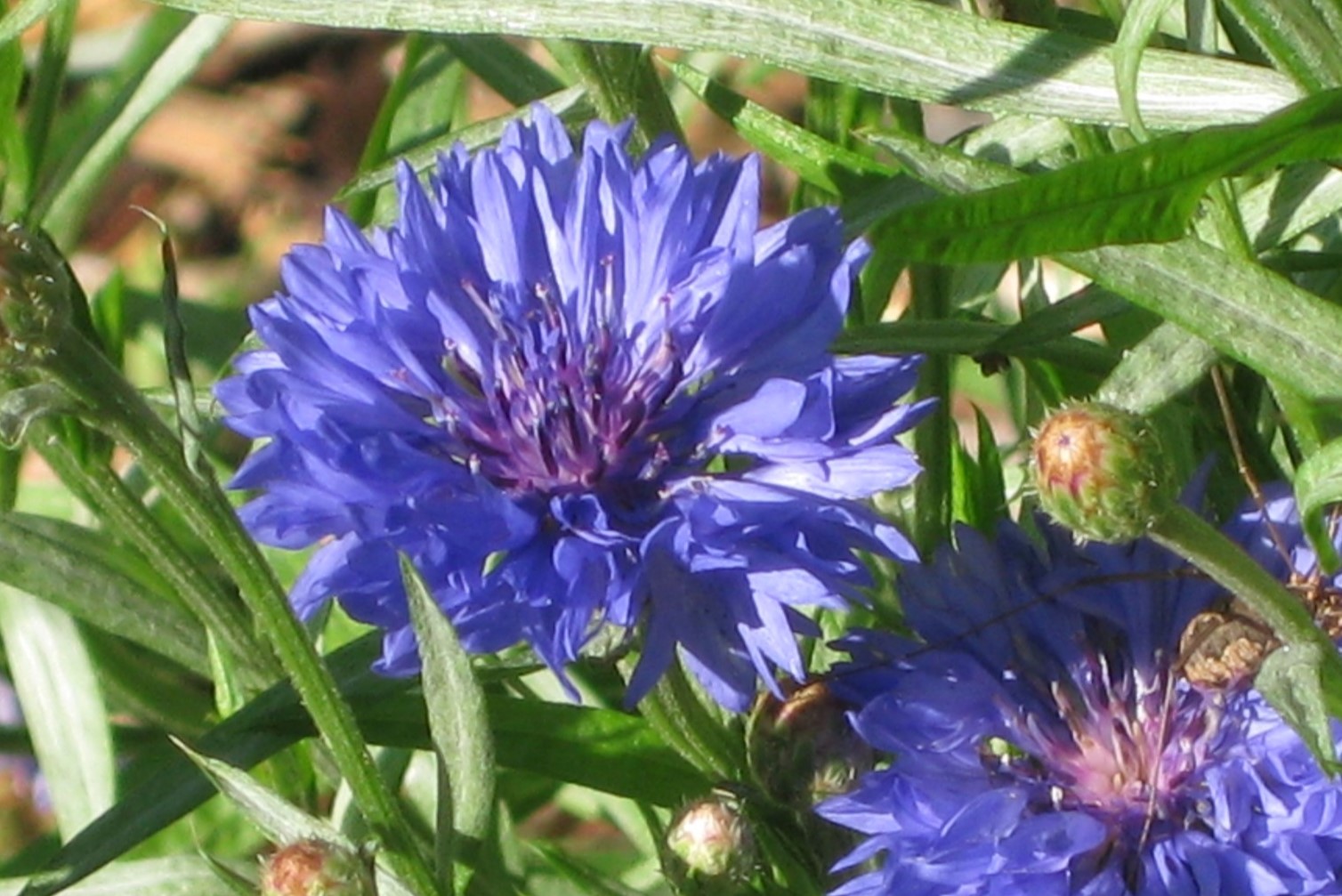
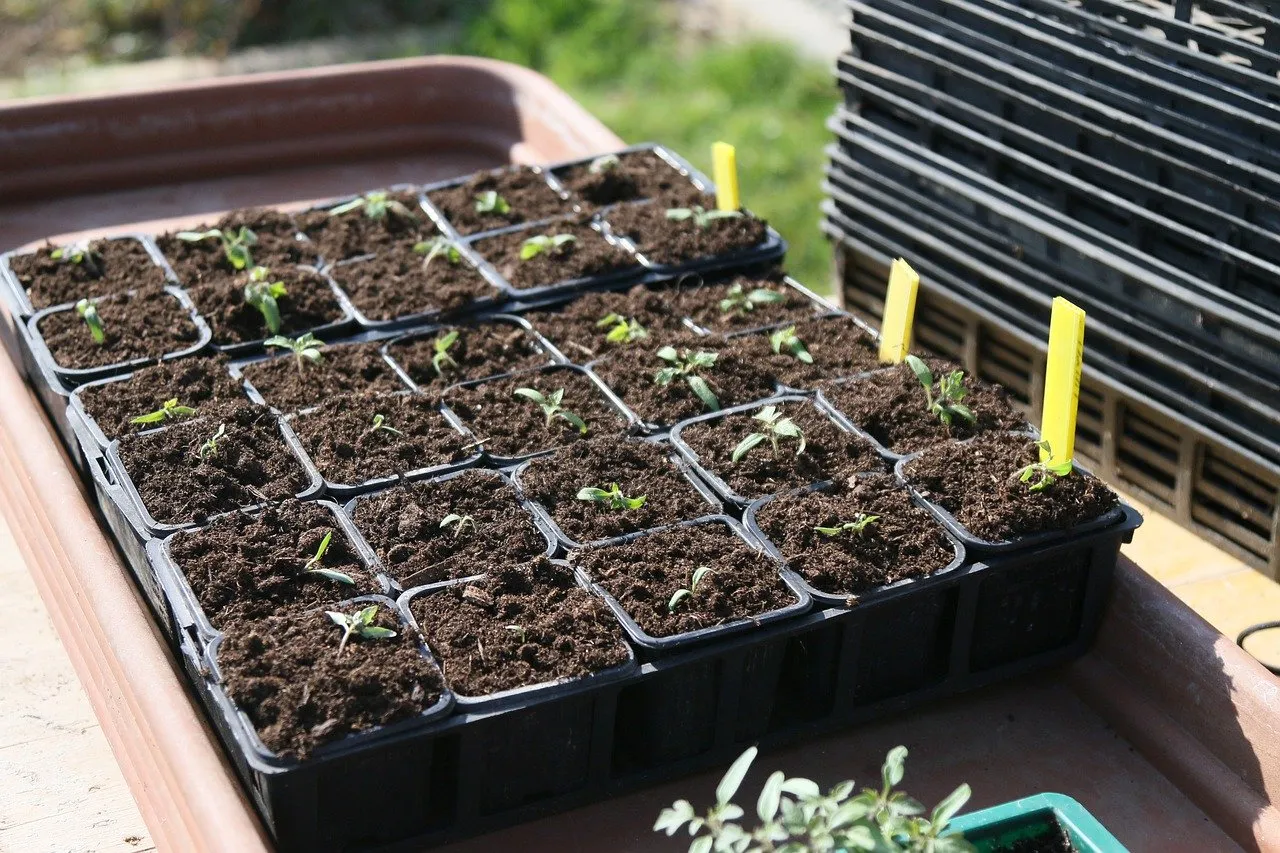
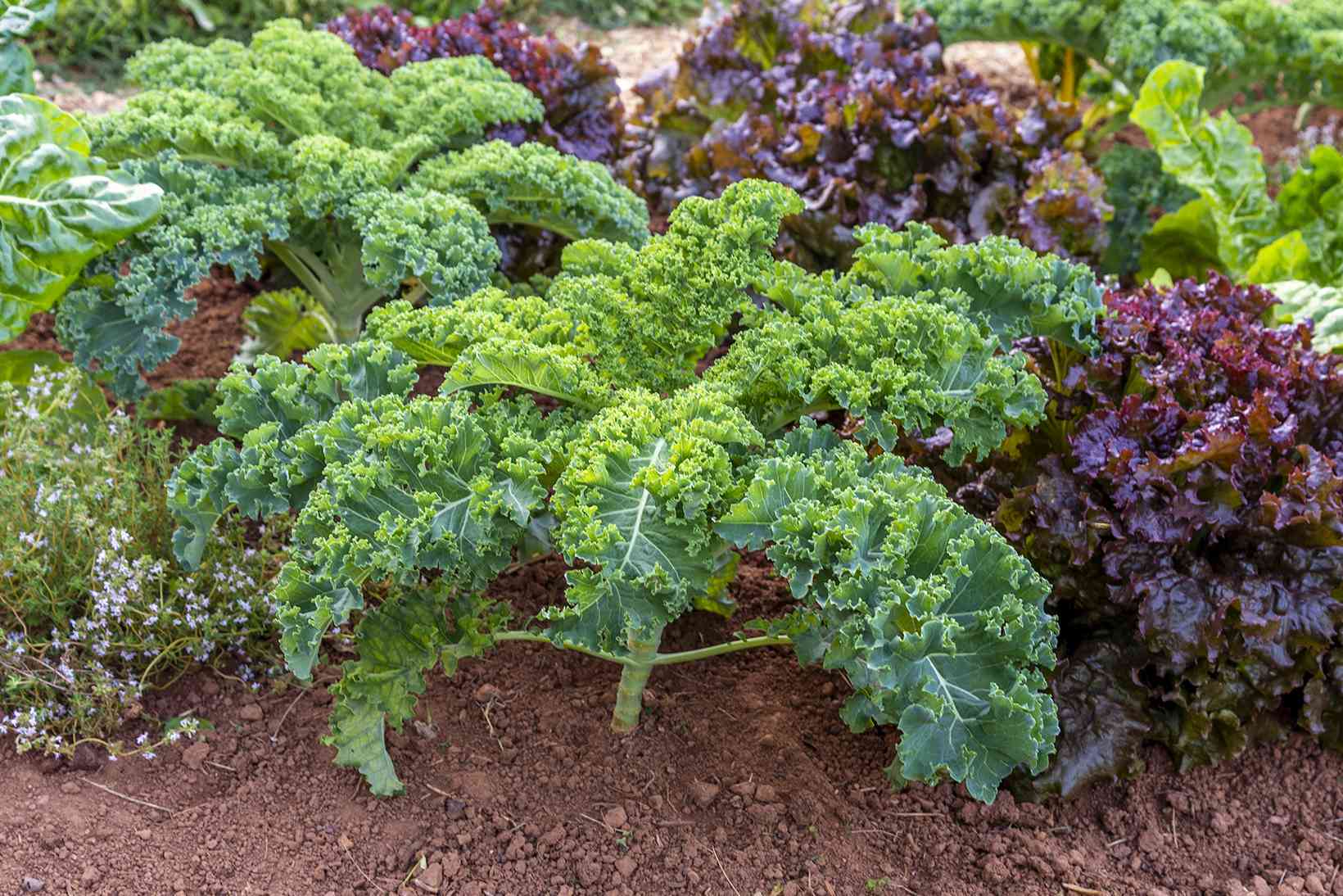
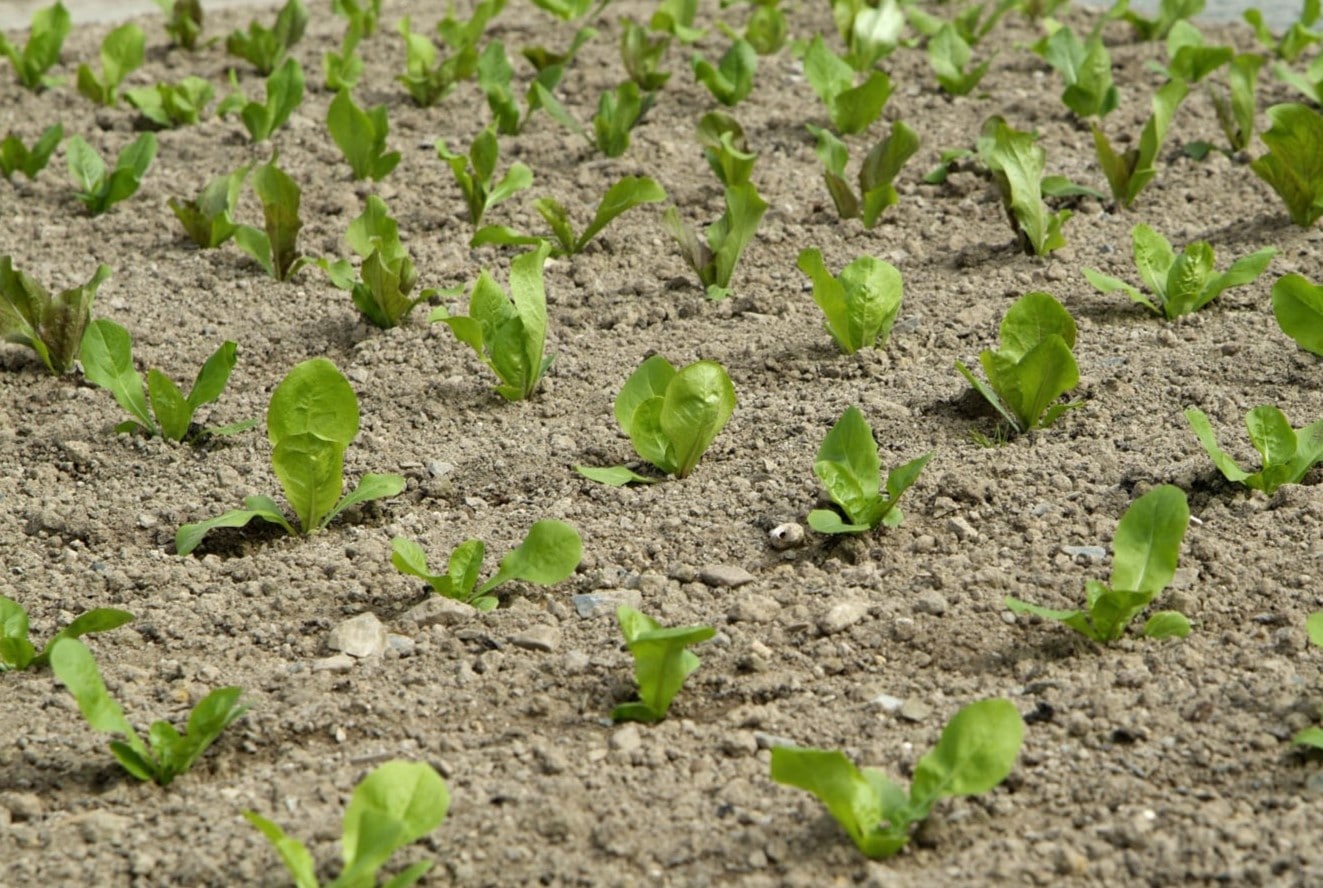
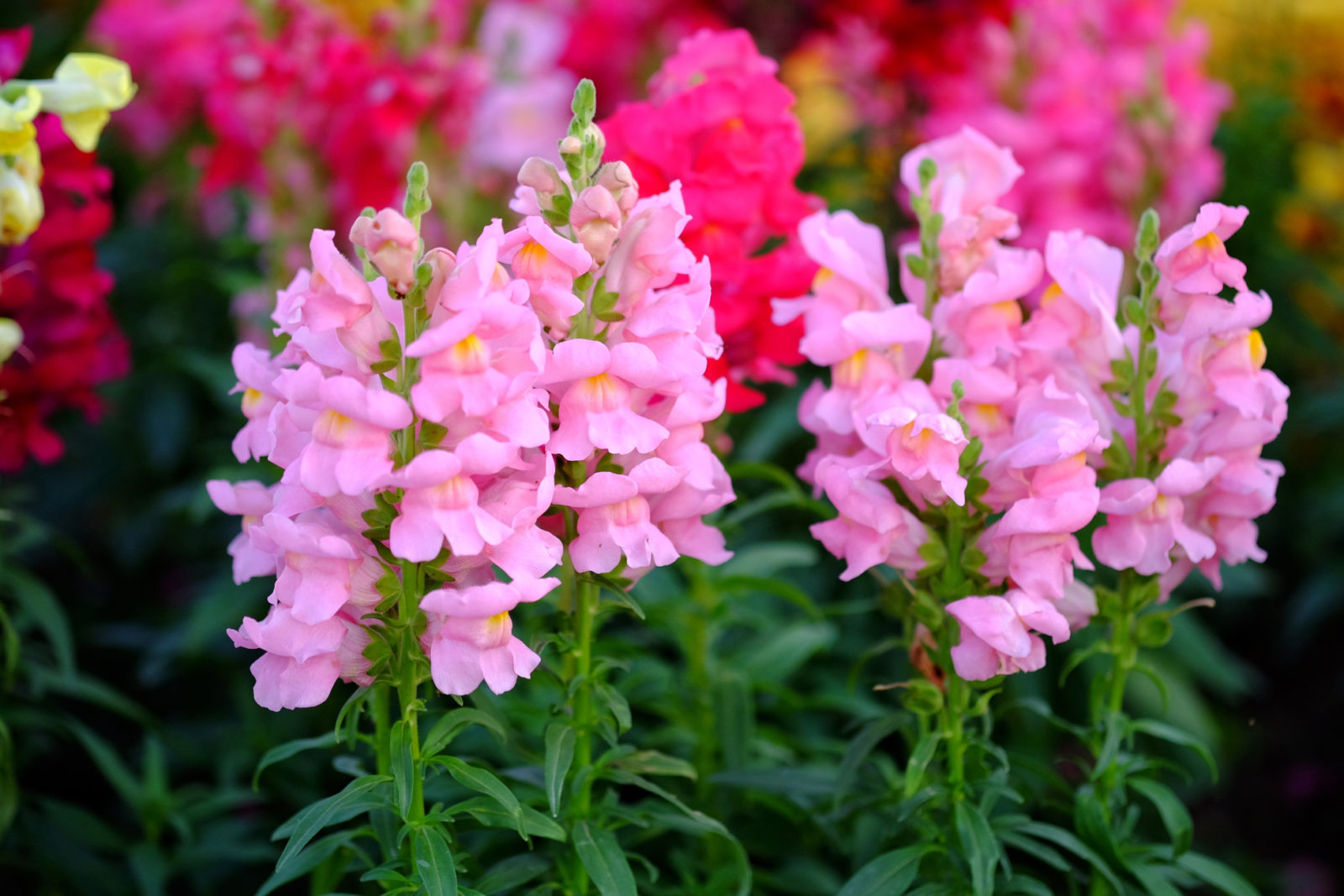
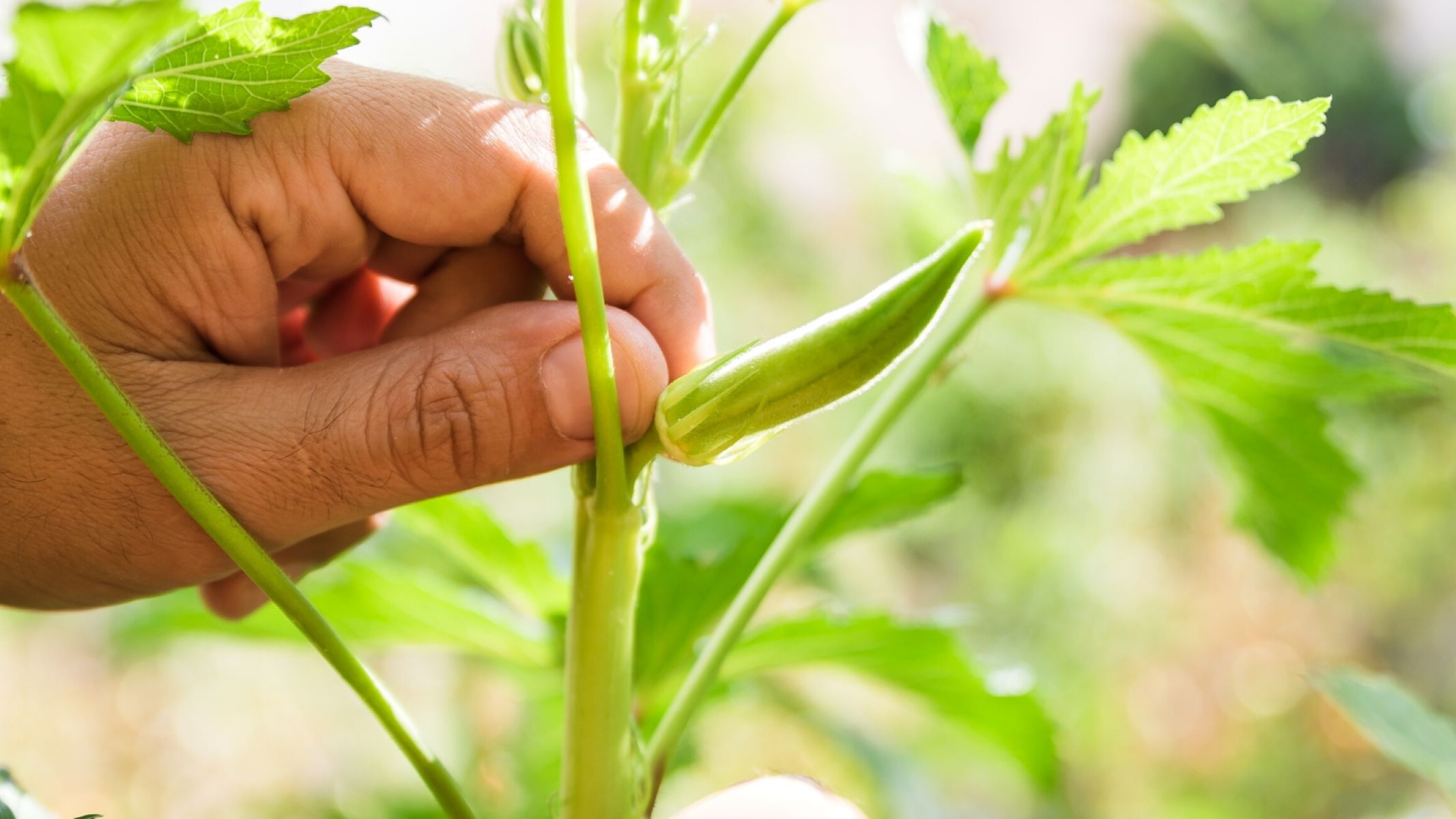
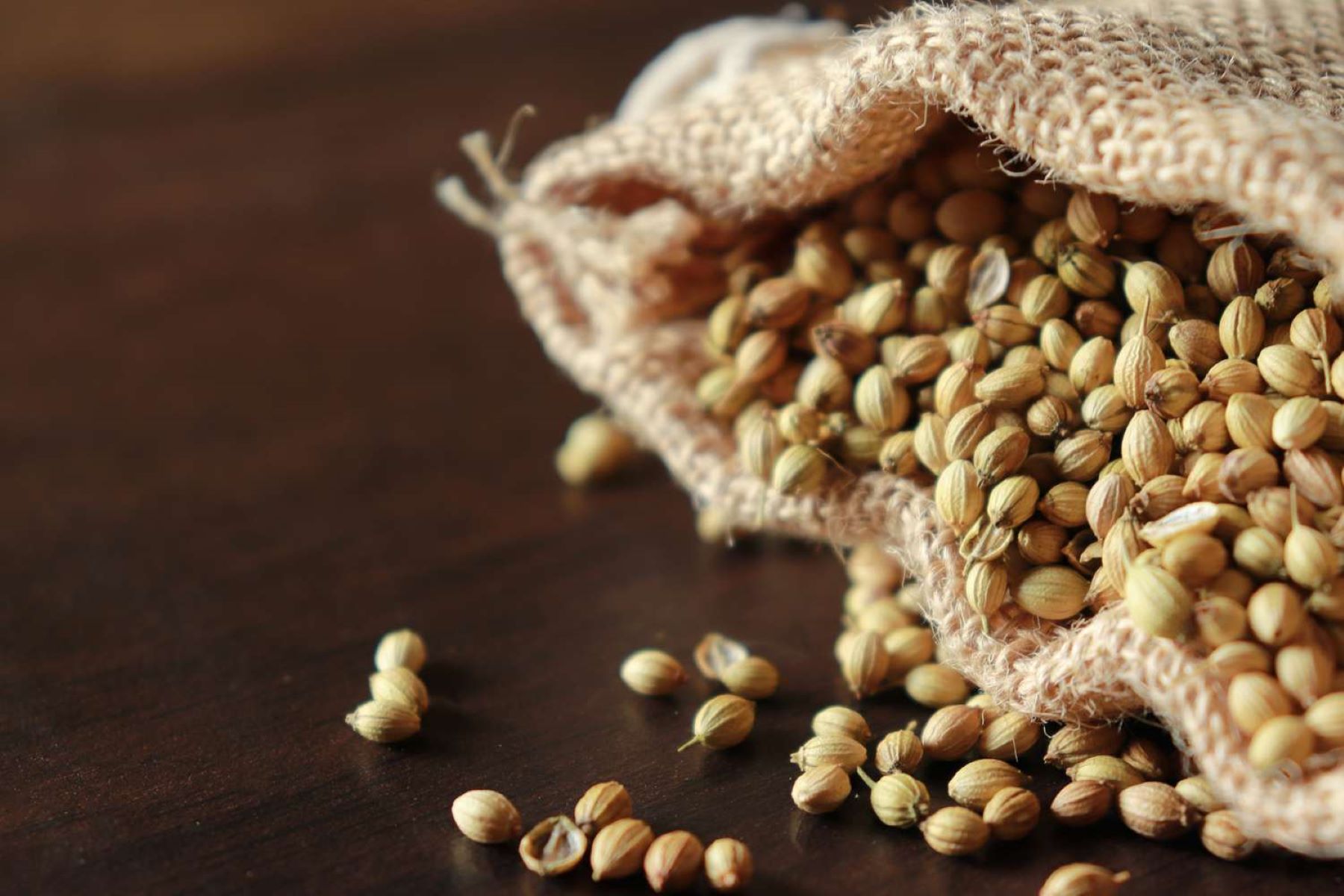
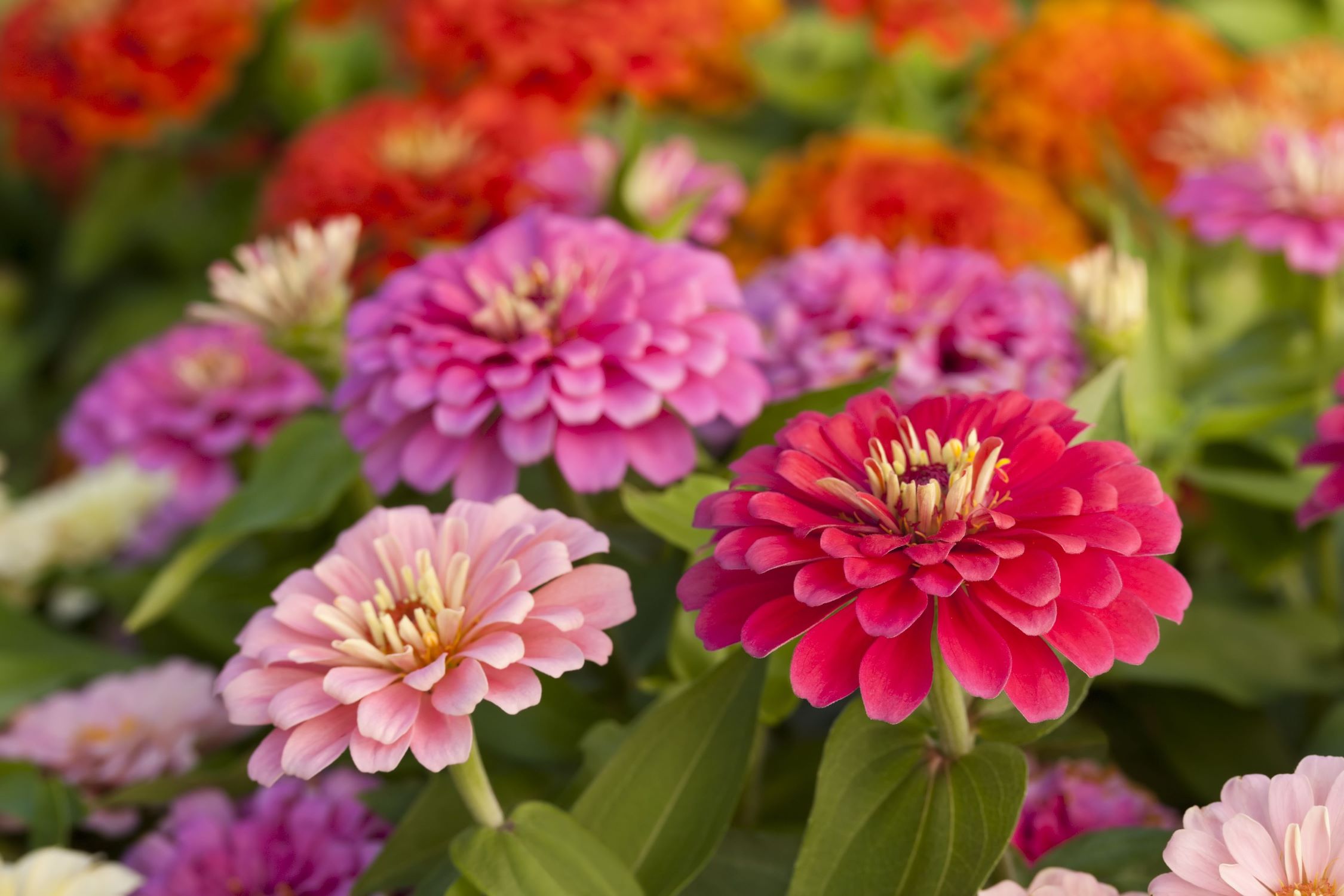
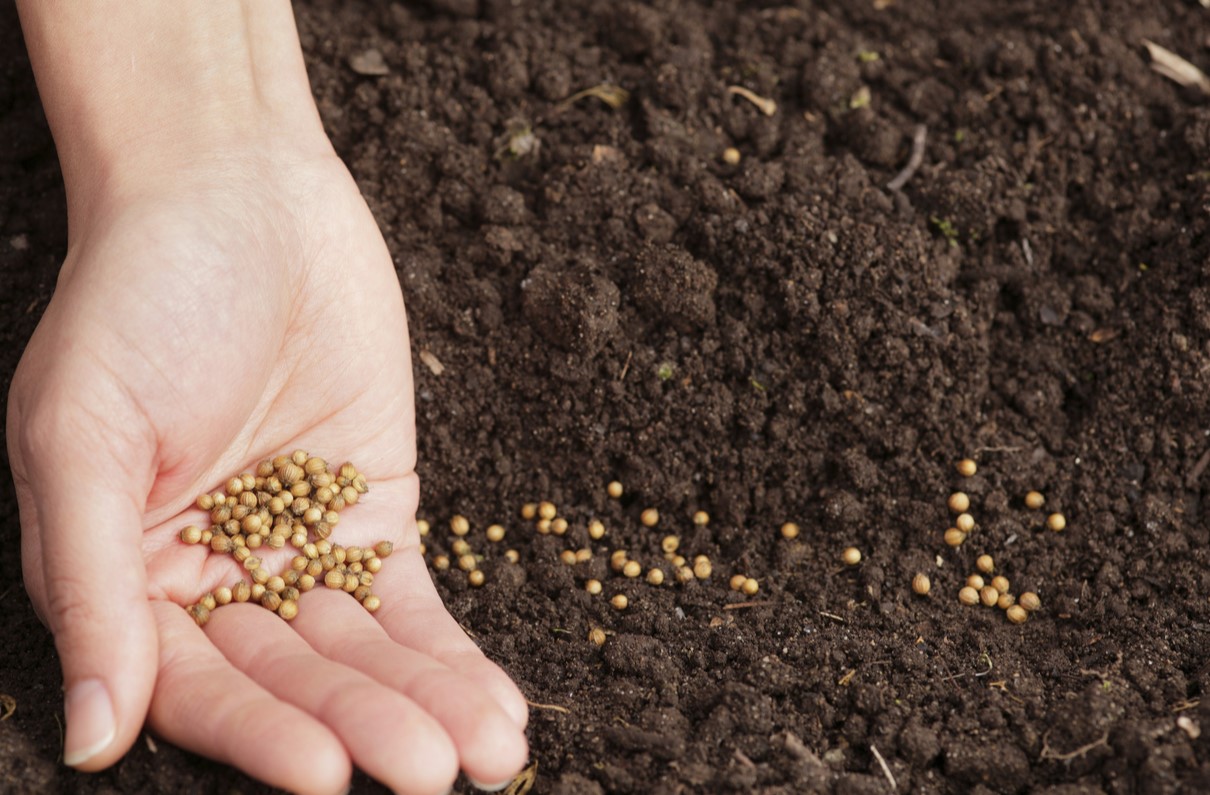
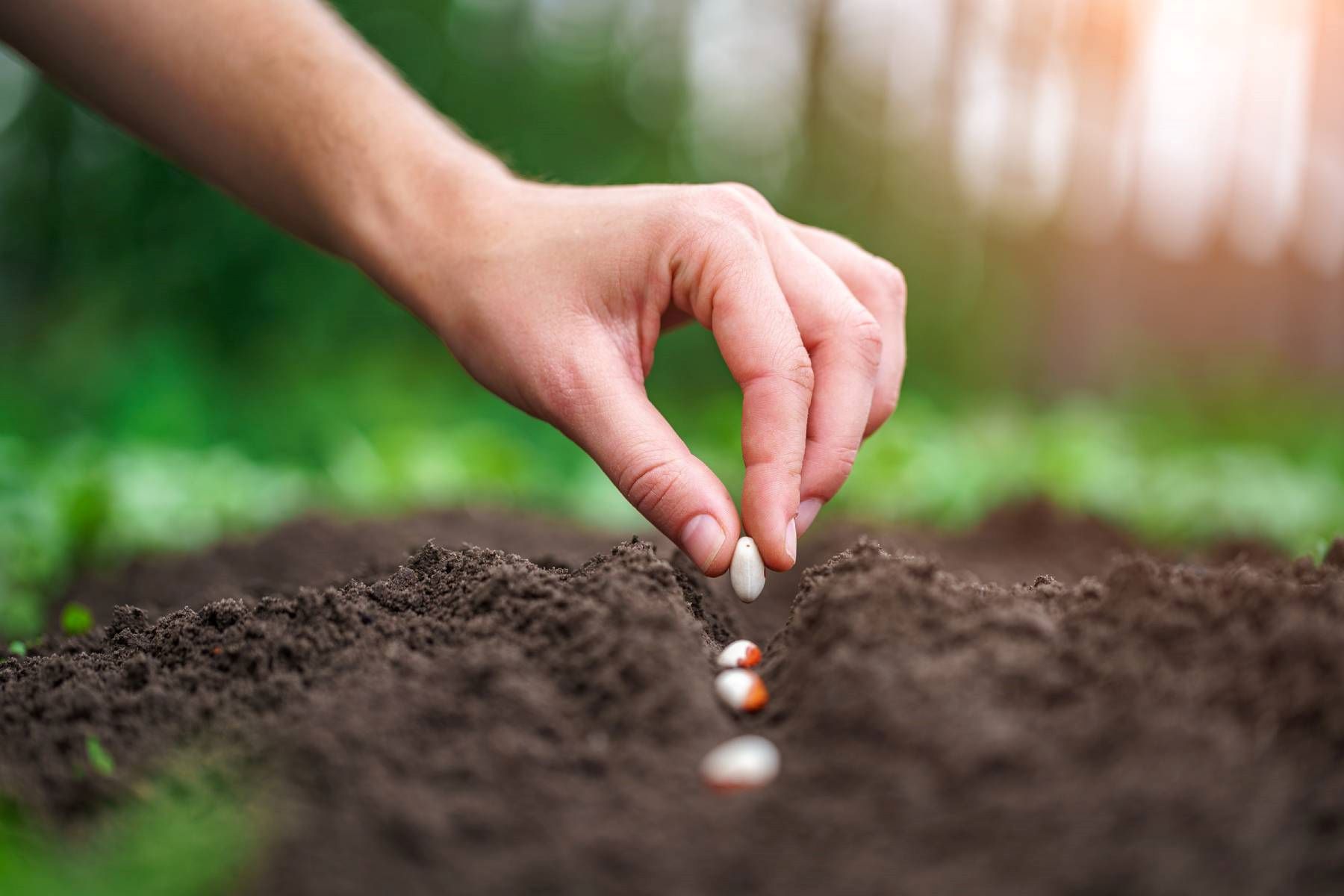

0 thoughts on “When To Sow Kale Seeds”